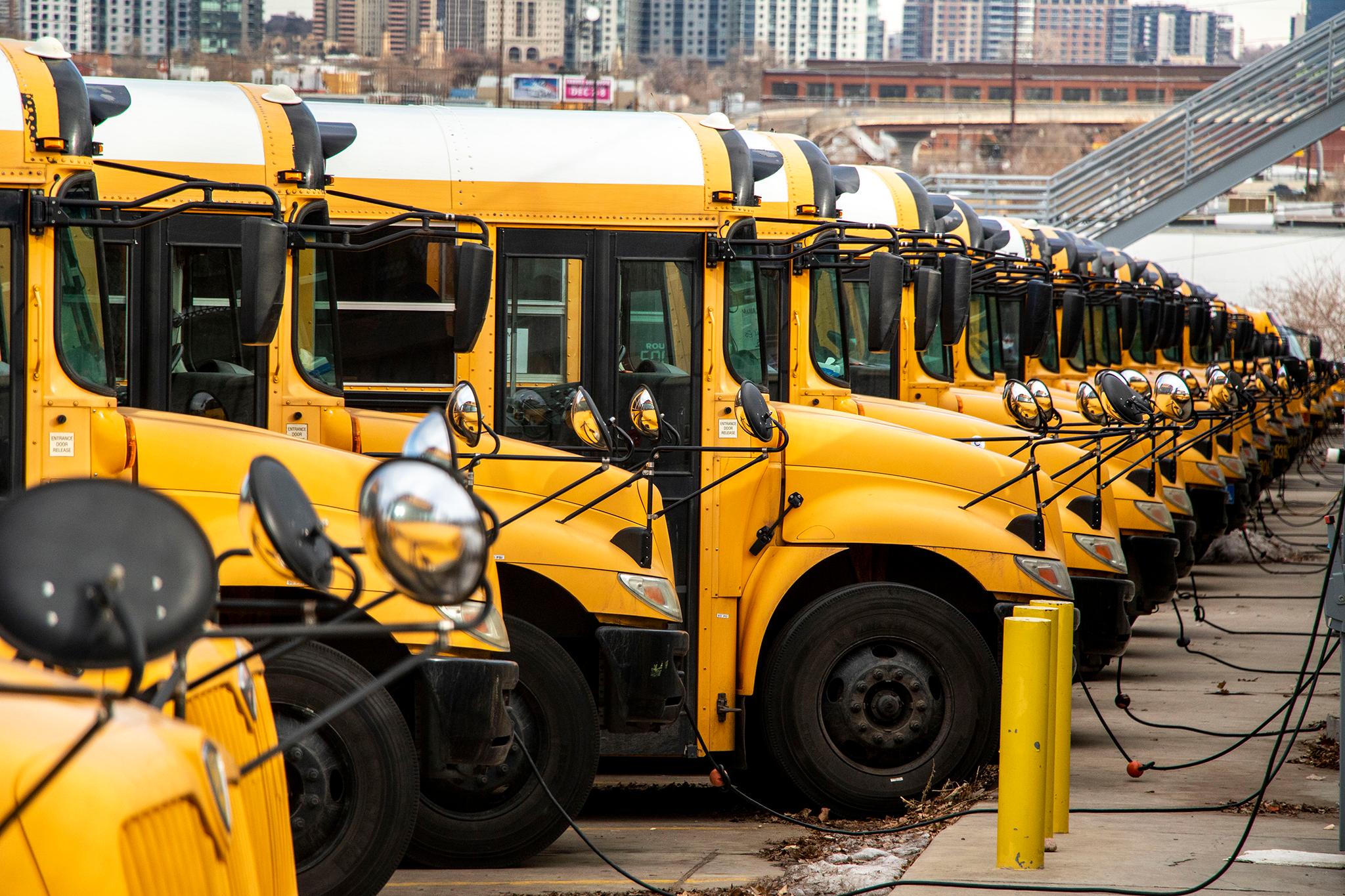
The state school finance committee met Monday to discuss a draft bill that aims to reduce inequities in school funding across Colorado.
The state currently uses a 25-year-old formula to calculate how much money to give to districts, based in part on the size of the district, the cost of living and the number of at-risk students.
In the budget year 2018-19, Colorado paid anywhere from $7,000 to $16,000 per student across all the 178 school districts.
Critics of this formula say it leaves schools, especially those with students from low-income families, without the resources they need.
Although most people agree that the formula is outdated, critics of the growing calls for reform worry that it will create winners and losers. State Sen. Paul Lundeen, a Republican who is the vice chair of the school finance committee, said that isn’t the point.
“(This is) not only (about) the best policy for the students of Colorado today but what is a method of serving them as that population changes over time so we don’t wait another 25 years to try to catch up with the fact that we’re out of balance,” Lundeen said. “The winners and losers are already apparent. It’s just that some of us are looking at it from the perspective as a district when maybe we should be looking at it as a student.”
To address school funding inequity, the bill wants to:
- Lower the emphasis on the size of the district and introduce a factor measuring how rural or remote the district is. This would lead to additional funding for small or isolated communities. Funding based on district size would only be calculated for districts with fewer than 5,000 students.
- Lower the emphasis on the cost of living factor. Only districts that are the most expensive to live in would likely get additional funding.
- Districts would get more money for students with disabilities, students who are English language learners and students who qualify for free or reduced lunch.
- Create a student stipend that would give extra funds for each student in Colorado.
- Remove a requirement that districts must have a minimum of 50 students to receive funding.
- Give schools a two-year transition period, so the new formula would not take effect until 2021.
It’s unclear how much these changes would cost because there are still placeholders in this proposed version of the school formula. It’s also still unclear which districts would benefit from the cost of living factor.
One placeholder in the bill would adjust the budget stabilization factor that would reduce the total program funding for all districts. Even with that potential decrease because of changes from budget stabilization, it would not affect a district’s funding for English language learning or special education.
Under the new funding formula for the first budget year, if a district has fewer than 25 students, the pupil count is increased to the funded pupil count of the preceding year. In the second year, if the district still has less than 25 students, the district is allowed to apply to the state board for assistance payments through a reserve fund.
For the 2021-22 and 2022-23 budget years, the department will calculate a school district’s funding under both the new and old school formulas. In the 2021-22 school year, if the district’s total program funding falls short compared to calculations adhering to the old formula, the district will get additional funding equal to the difference.
Then, in the 2022-23 school year, districts will get an additional amount equal to half of the difference between calculations of the new and old formula. It won’t be until the 2023-34 school year that the new formula will be only formula that districts would abide by.
The committee plans to meet one more time with information on how much it would cost to implement the new formula on Jan. 6.









